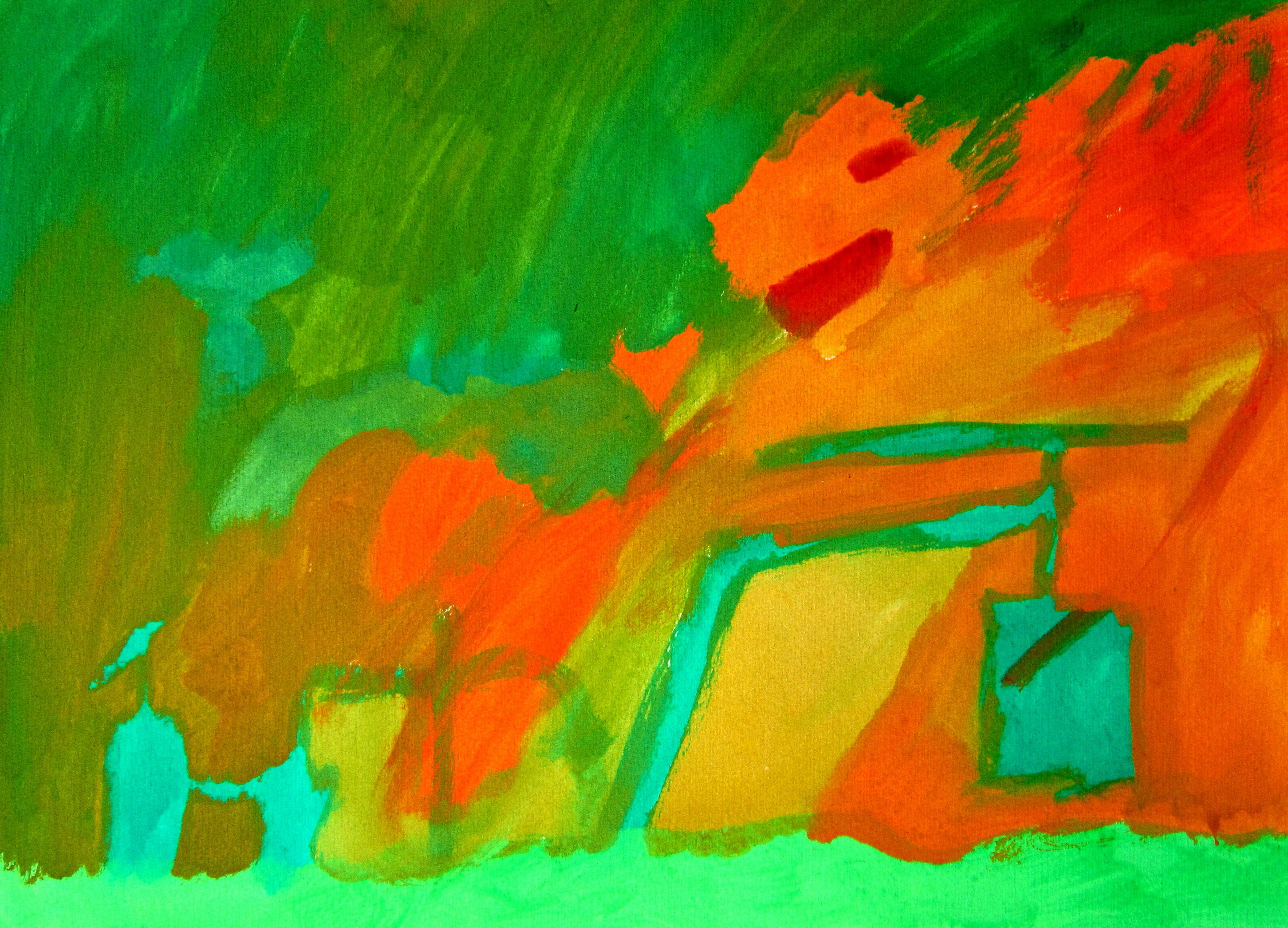December 31st, at 10:30 pm, on the Cosmic Calendar: Modern humans, Homo Sapiens Sapiens, have finally arrived! Our entire history, both written and archaeological, is only one and a half hours on the cosmic calendar.
December 31st, at 11:46 pm, on the Cosmic Calendar: Fire is discovered. What we did for the 2 and a quarter million years before we had fire I cannot imagine. Carpaccio and sashimi every day? They must have had guts of steel. These were not neanderthals — these were home sapiens exactly like you and me in every way… except perhaps dental hygiene.
11:59 pm:
December 31st, at 11:59:20 pm, on the Cosmic Calendar: The domestication of plants and animals begins. 20,000 years ago.
December 31st, at 11:59:35 pm, on the Cosmic Calendar: Settled agricultural communities become the first cities, during the neolithic revolution.
December 31st, at 11:59:50 pm, on the Cosmic Calendar: Recorded history begins — Mohenjo-daro, ancient Sumer and Egypt. Everyone you have ever heard of, from Sargon of Akkad, Tutankhamun, Alexander the Great, Julius Caesar, Charlemagne, Queen Elizabeth, Abraham Lincoln, to Carl Sagan and you and me — lived in the equivalent of 10 seconds out of a year.
When the entire history of the universe is compressed into one calendar year, one second is 500 years, one minute is 30,000 years, and one day is 43 million years (43,200,000). If this cosmic calendar were the size of a football field, all of human history would be a handful of dirt you could scoop up.
An hour and a half we’ve been here, and we haven’t done anything of significance until the last 40 seconds of the cosmic year. Frankly we’ve lived like animals for the majority of our time here. In the last 5000 to 8000 years, we’ve really only just started! 🙂 Look out universe!

Note the comparison of skulls — not just the hottie… we’ve become? Don’t know about you, but I’m not that hot. Obviously. You can tell from my avatar I look more like that guy in the middle.
You may remember Cosmos, the 1980 PBS series by Carl Sagan. Maybe you also recall Sagan’s “Cosmic Calendar” from the series, where in order to put the immensely vast history of the universe into a comprehensible scale, he mapped it onto a calendar year. In other words, if the entire history of the universe were one year, with the big bang in the first second of midnight on January first, and the present day on the last second of December 31st, New Year’s Eve. A project of mine this year has been to note the major events in the Cosmic Calendar, on the real calendar, on this blog!
And Happy New Year!








































